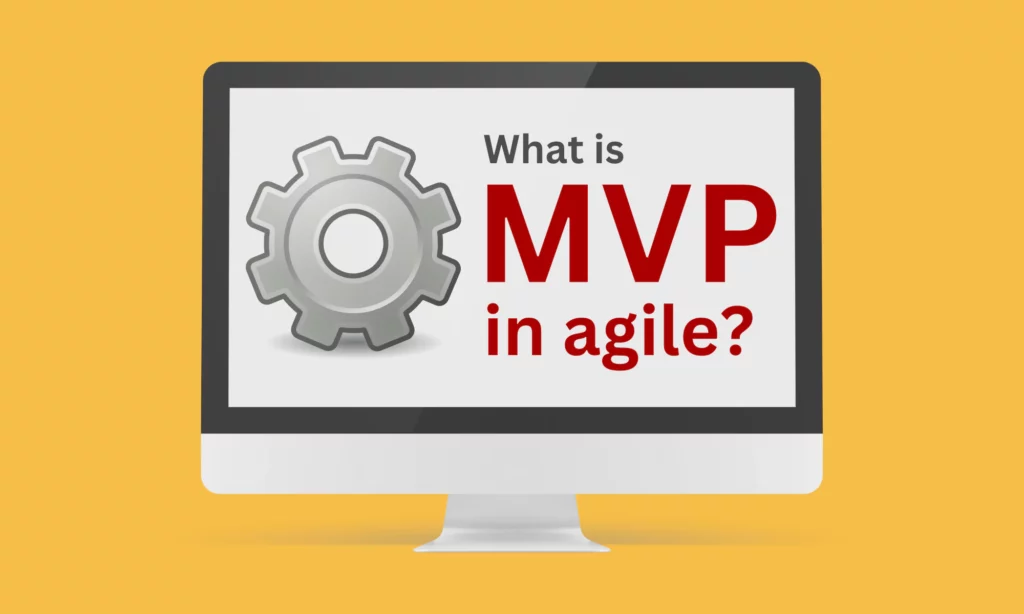What is MVP in Agile Development
Introduction to Agile Development
Agile development has reshaped the landscape of software development by emphasizing flexibility, collaboration, and iterative progress. Unlike traditional waterfall methodologies, Agile promotes adaptability to changing requirements and continuous delivery of valuable software increments.
Understanding MVP
Definition
MVP, or Minimum Viable Product, is a cornerstone concept in Agile development. It represents the smallest version of a product that still provides value to its users. MVP serves as a tool for validating ideas, testing assumptions, and gathering feedback from real users.
Purpose
The primary purpose of MVP is to minimize the time and resources required to bring a product to market while maximizing its potential for success. By releasing a basic version of the product early, Agile teams can validate their assumptions, iterate on features based on user feedback, and ultimately deliver a more valuable solution.
Key Characteristics of MVP
- Minimal: MVP focuses on delivering only the essential features necessary to address the core problem or need of the target audience.
- Viable: Despite its minimalistic nature, MVP must still be viable and usable for its intended purpose. It should provide tangible value to early adopters.
- Product: Although basic, MVP is still a product that users can interact with and derive value from. It serves as a starting point for further development and refinement.
Benefits of MVP in Agile Development
- Faster Time to Market: By prioritizing essential features and eliminating unnecessary complexity, MVP enables Agile teams to launch products more quickly and start gathering feedback sooner.
- Reduced Development Costs: Developing an MVP requires fewer resources and less time compared to fully-featured products. This results in lower development costs and reduced risk for the project.
- Continuous Feedback Loop: MVP facilitates a continuous feedback loop with users, allowing teams to iterate on the product based on real-world usage and market demand.
How to Implement MVP in Agile Development
- Identify Core Features: Determine the essential features that address the core problem or need of the target audience. Prioritize these features based on their impact and feasibility.
- Develop Minimum Viable Product: Build a minimal version of the product that includes only the identified core features. Keep the design and development process lean and focused on delivering value to users.
- Gather Feedback and Iterate: Release the MVP to the market and collect feedback from early adopters. Use this feedback to iterate on the product, adding new features and improvements based on user insights.
Examples of Successful MVPs
- Dropbox: Dropbox initially launched as a simple file-sharing service with limited functionality. By releasing a minimal version of their product, Dropbox was able to gauge user interest and iterate on their features to become the cloud storage giant it is today.
- Airbnb: Airbnb started with a basic website that allowed users to rent out spare rooms in their homes. This minimal version of the platform allowed Airbnb to test the concept and gather feedback from hosts and guests, leading to continuous improvements and expansion.
Challenges of Implementing MVP
- Scope Creep: There is a risk of scope creep when developing an MVP, as stakeholders may want to add additional features beyond the core requirements. It’s essential to stay focused on delivering value to users and resist overcomplicating the product.
- Balancing Features: Finding the right balance of features in an MVP can be challenging. Teams must prioritize the most critical features while ensuring that the product remains viable and usable for its target audience.
Conclusion
MVP is a powerful strategy in Agile development that enables teams to validate their ideas quickly, reduce development costs, and gather valuable feedback for continuous improvement. By focusing on delivering value through minimal yet viable products, Agile teams can accelerate their time to market and increase their chances of success.
FAQs
What is the difference between MVP and prototype?
While both MVPs and prototypes are used to test product ideas, MVPs are functional versions of the product that users can interact with and derive value from. Prototypes, on the other hand, are often incomplete representations used for internal testing and validation.
Is MVP only used in software development?
No, MVP can be applied to various industries and projects, including hardware development, marketing campaigns, and business initiatives. Any project that aims to test an idea or hypothesis can benefit from the MVP approach.
How do you determine the minimum features for an MVP?
The minimum features for an MVP are determined by identifying the core problem or need that the product addresses and prioritizing the features that directly contribute to solving that problem or fulfilling that need.
What if the MVP fails to gain traction with users?
If an MVP fails to gain traction with users, it’s essential to analyze the feedback and iterate on the product based on what was learned. Sometimes, pivoting to a different approach or addressing a different target audience may be necessary.
Can an MVP evolve into a fully-featured product?
Yes, an MVP is designed to evolve based on user feedback and market demand. As the product gains traction and generates revenue, additional features and enhancements can be added to turn it into a fully-featured product.

